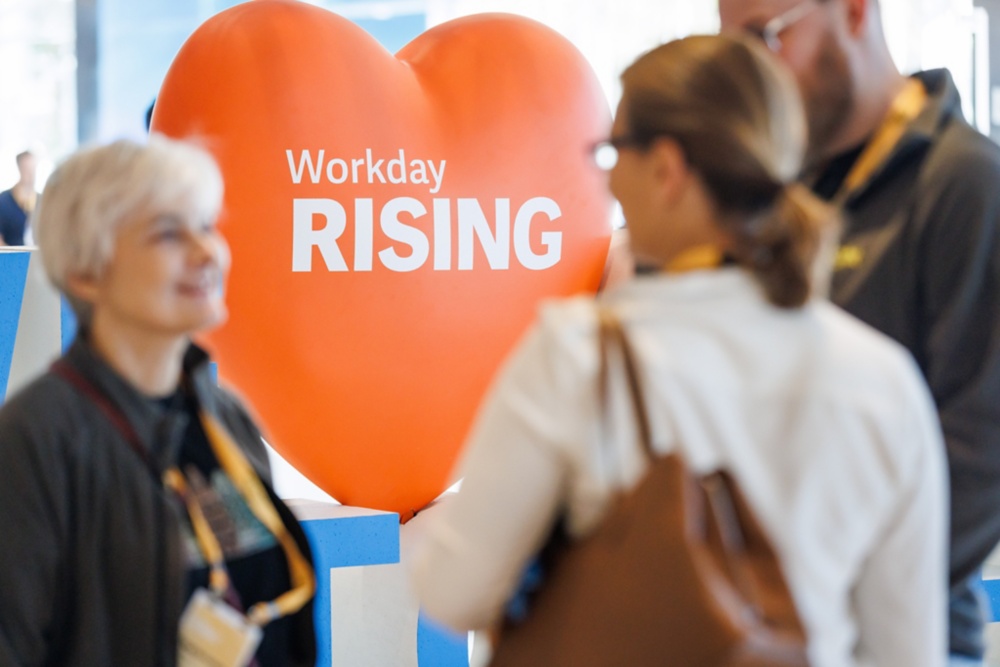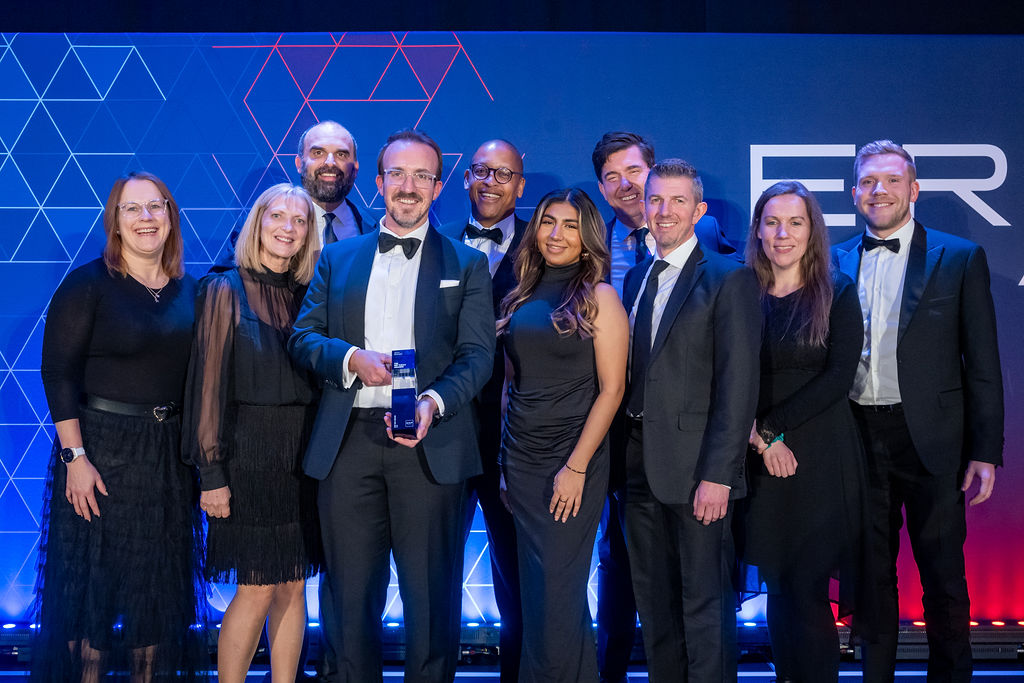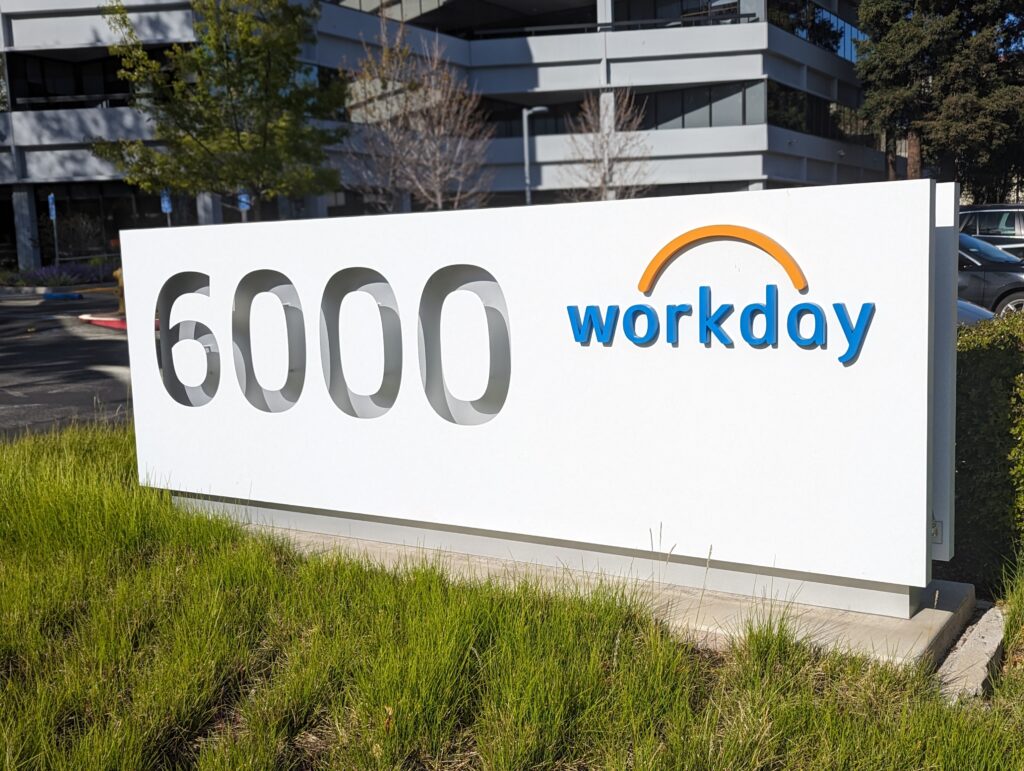As part of last year’s Workday Rising EMEA conference, ERP Today spoke with Workday’s CTO, Jim Stratton, on all things AI in HCM and Workday’s market from a European perspective. The Barcelona-based event came after the flagship Rising event in San Francisco, which saw Workday launch new GenAI capabilities to improve UX in the Workday Adaptive Planning offering.
Aside from AI’s potential for HCM, Stratton discussed with us the role of CFOs today, human capital management in this age of an aging workforce and the role of younger workers as they navigate careers amidst a rise in automation technology.
Giacomo Lee [GL]: How is the EMEA message at Rising different to that of the US event?
Jim Stratton [JS]: There is a subtle difference [but] the main messages are the same. Our AI that we’ve been working on is the biggest theme across both Rising events. There is a huge growing presence in Europe.
It’s a huge market and investment area for us as we continue to grow. It’s great to see senior leadership at the company, engineering, product, market and business operation side of things based locally in Europe, and that’s been true for a long time – but it really is being highlighted more, which is good.
GL: Workday is not just about HCM, it’s also about financial planning. Is this a big area for your EMEA market?
JS: It absolutely is. We’ve been investing heavily in the financial suite of applications for a long time now, and that’s really starting to get traction. One of the shifts for us internally, starting about two years ago, has been a real dedicated focus on industry specifics […] where we can best serve the customers and give them the most value.
CFOs: the new CTOs
GL: Let’s talk about technology. There’s always the discussion that CFOs have to think like CTOs, having to absorb more technology into their suite. As a technologist, what developments are you seeing?
JS (pictured below): I spend most of my time talking with CFOs about their role supporting the business. Their focus is primarily around consolidation of the systems that they have. So just simplifying their business technology ecosystem is probably the primary focus. Financial teams are reaching an imperative to upgrade legacy systems so they’re reaching end of life on many of the legacy systems today. And that’s not just the core systems – it’s all of the ancillary systems around and all the integrations between those.
Many of those things are old at this point and the skillset of the folks needed to maintain those is also aging out of the workforce. So there really is a timeline looming for financial systems. There is an imperative to shift to more modern systems and the financial operators of the world are really starting to understand and appreciate the cloud and the benefits that that offers, that has trailed behind the HR systems, but that really is coming online now – the willingness and now eagerness to move to the cloud. So that’s been good to see.

The CFOs of the world are seeing the potential benefits of generative AI in terms of improving overall efficiency, up-leveling the abilities of their own teams, but also in terms of reducing the risk of running the business.
They do see the value in that, so there’s really kind of that application focus, and the underlying platform needing to move to more modern systems and in my conversations with them they very definitely see both of those things.
AI in HCM
GL: A strong point for Workday is in reminding customers that AI isn’t new, and that the company has always worked in embedding AI in HCM. How important do you think this message is? And how have you seen this develop?
JS: So we started a decade ago with AI, and we started with building individual point solutions where we got access to data, ran through the machine learning pipelines, did all the ETL and data cleansing, data science etc. We built a feature, put it into the product, put it in the hands of customers and it wasn’t great and nobody really used it. And that really doesn’t scale very well. So we then pivoted to focusing on building out an underlying machine learning platform that automates much of that in terms of the data extraction and all of the ML engineering that you need to do along the way to build features, publish them out into production, gather the feedback about how that feature is doing and iterate on that whole cycle.
The next piece that we focused on was building these higher order building blocks. We have a product called Skills Cloud that started out with just the statistical relationship between different skills. We embedded a whole lot more information into that, so you can leverage Skills Cloud across the full footprint of the application, planning, recruiting and learning to do things like inferring skills from a resume.
Building these has been really important to accelerate feature development, with application development on top of it. And if you think about it – large language models underpin what most of us think of as generative AI.
Our ability to pivot really quickly as new technologies emerged has been one of the biggest differentiators for us. We have the ability to take up and leverage new technologies really fast now because of the way that we built the system.
GL: AI is definitely needed by the modern enterprise, and not just for AI in HCM. Does everybody understand that message?
JS: I think everybody gets it. Basically every company on the planet at this point has a mandate to go figure out how they’re going to leverage it. Many companies are looking to strategic cloud providers like ourselves to do it for them essentially, because we’ve earned the trust of our customers.
They know we’re going to do right in terms of privacy and security, and build products that are safe for them and their users to use.
Everybody’s trying to figure out how they use it themselves, to get more efficient within their operations and their business or to provide competitive differentiation in their own market. But they are very frequently looking at folks like ourselves to try to help them navigate that path.
GL: How do you think the conversation about AI in HCM will change in 2024? Will there be more nuances?
JS: That’s a great question. I do think much of the conversation will continue. We’ve gone through obviously the major hype cycle and then the fear cycle afterwards, followed by the trough of disillusionment of how actually, this stuff is pretty hard and it takes a bunch of engineering work to do it right and properly.
We’ll see the first real proper enterprise products actually delivered in the hands of customers in the next months. So that will be different where folks are actually using it in real enterprise use cases.
I do think the regulatory environment will continue to evolve. I expect that we’ll see the EU AI act out. I think there will be more of a push for more companies to adopt risk management frameworks and responsible AI internally, particularly in the enterprise again.
Candidly, the research is continuing for the very large scale large language models and the types of use cases that can be done with it. This will take, even for ourselves, many months to build. And for folks that are new to this, it’s going to take them years to actually develop it. So it’s going to be a longer cycle than everybody expects.
GL: You talked about aging out for the workforce, as it were. What other outside forces do you see leading the discussion in 2024 which will affect your technologies and development?
JS: [One trend is] the move to skills-based workforce management and trying to understand who a person is and where they want to go in their career, then help them along that path.
Folks have spent the last few years thinking ‘I know I want to do this, our organization is ready to do it, but I don’t know how to get started’. I think [in 2024], folks will really get started with that. I think in the HR space, that’s probably going to be the biggest shift that we see.
Younger generations
GL: And how is Workday leading the way for younger workers in this context?
JS: In terms of actually training up, we have quite a lot of programs. One is for partners actually; our partners are going to lead a lot of that transformation, helping that whole process transformation and mindset transformation is part of their core competency. They’re better suited to that than we are.
That said, we have a lot of programs that we do in terms of partnerships with universities. TU Dublin is a great example that we have a strong partnership with. So we’re moving earlier on in the development cycle in terms of engaging with the upcoming workforce, and helping them prepare for careers.
GL: There’s another discussion about low code, no code. How do we let the younger generation know that it’s not easy, and there’s a lot more going on in the backend when it comes to AI?
JS: We don’t learn a whole lot from our successes. That just comes with experience over time and that’s going to be true for quite some time to come. That said, I have young kids of my own and I wonder how to teach them what the world’s going to look like for them as they go into university. I honestly don’t know. The world’s going to change.




